Gold’s bullish momentum appears unstoppable for now as it surged to new record high in Asian session, now eyeing 2400 mark. This surge is driven by a confluence of factors that indicate broader market apprehensions, particularly about resurgence of inflation risks, with geopolitical tension in the background.
This shift in sentiment is evident in the sharp increase in benchmark treasury yields across various regions, including US, Europe, and even Japan. Concurrently, major stock indices are showing signs of a looming correction.
Judging from these developments, Gold’s rally is more fueled by safe-haven flows, partly as hedge against selloff in stocks and bonds, and partly on geopolitical risks.
Technically, near term outlook in Gold will stay bullish as long as 2319.18 support holds. Next target is 2500 psychological level. Strong resistance is expected there to limit upside, at least on first attempt, to bring a notable correction.
Overbought condition, as seen in weekly RSI is a factor that could limit Gold’s momentum ahead. More importantly, 2500 represents a cluster medium and long term projection levels. There lies 161.8% projection of 1614.60 to 2062.95 from 1810.26 at 2535.69, and 100% projection of 1160.17 to 2074.84 at 1614.60 at 2529.27.

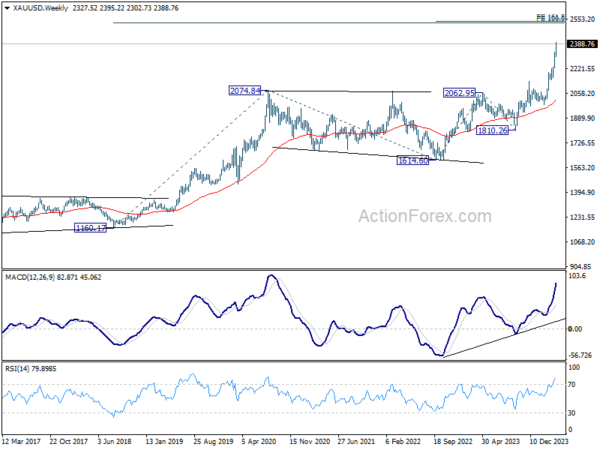




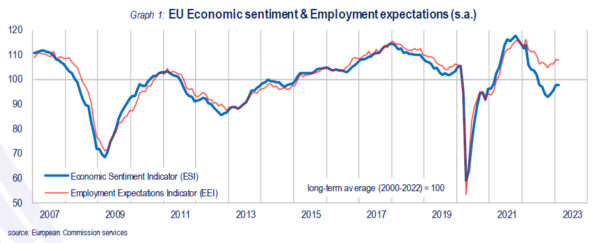


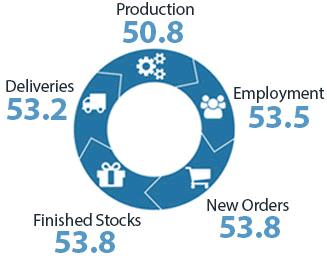

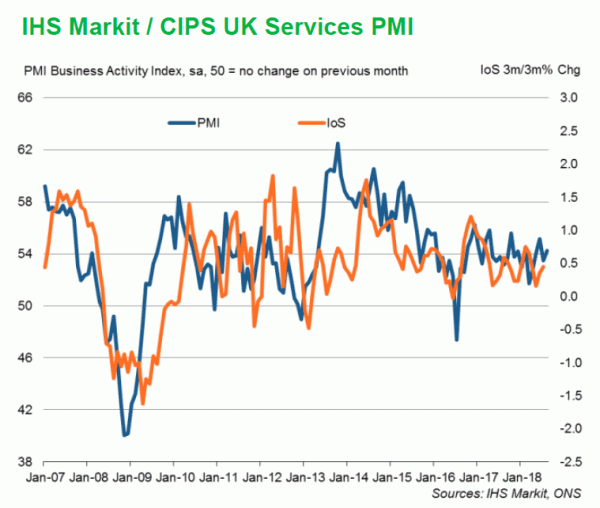
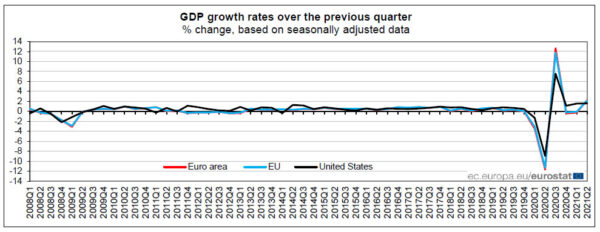

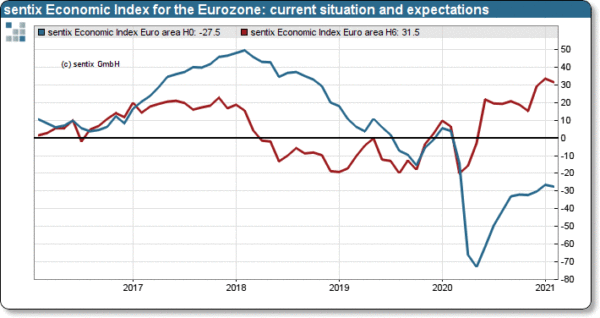
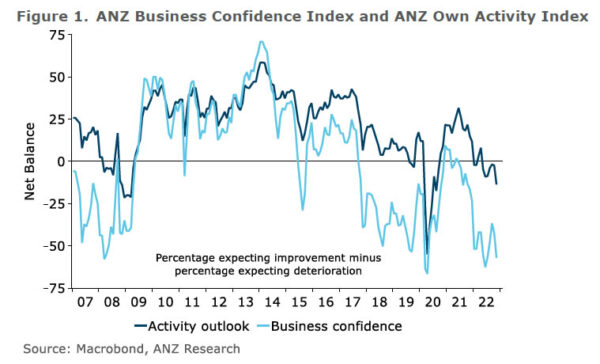
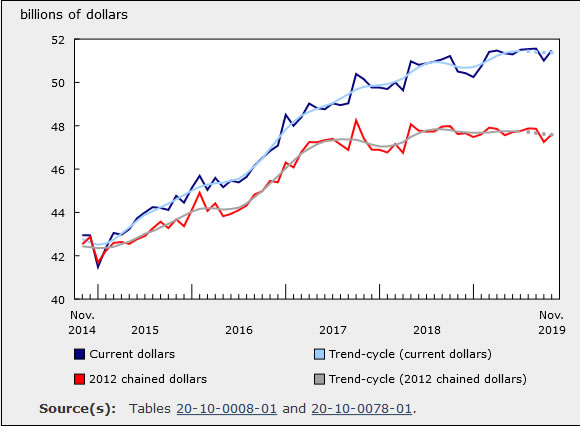
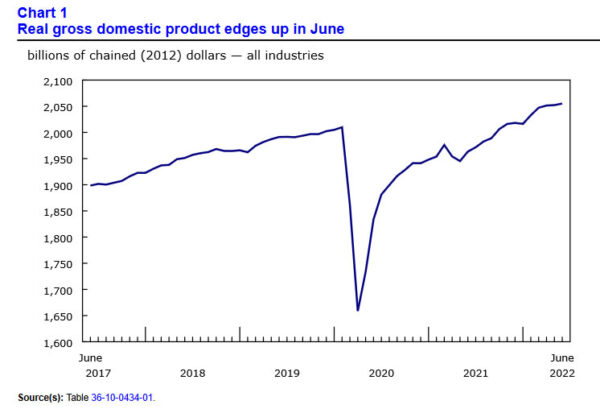
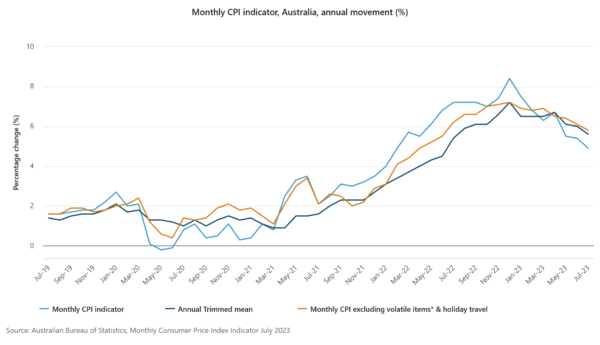
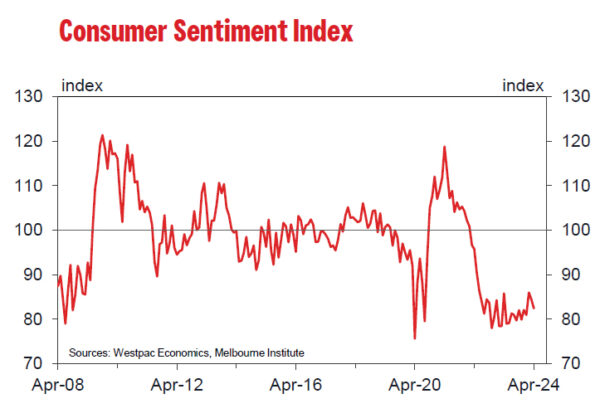
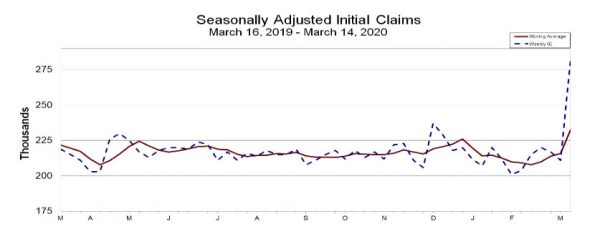
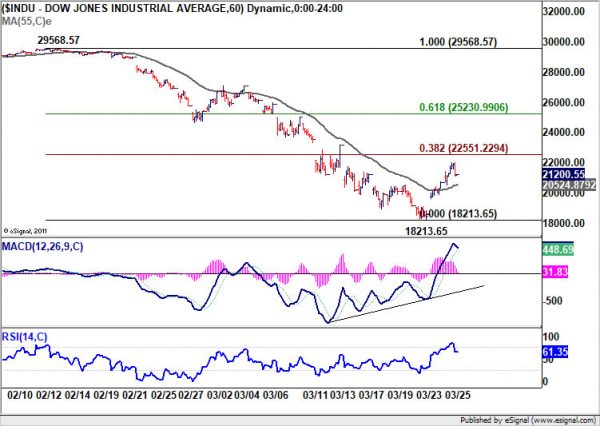
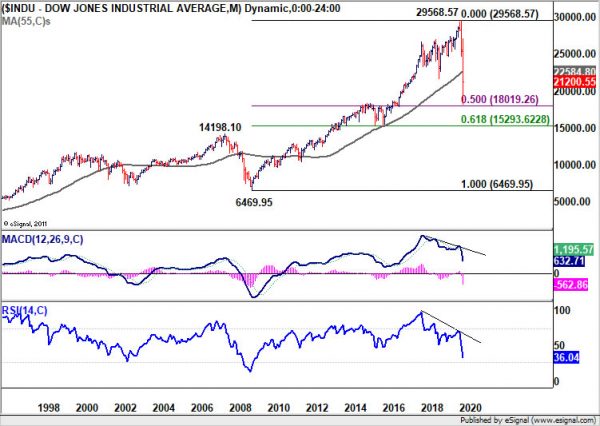

EU Juncker reiterates no re-negotiation, UK May to request short Brexit delay
European Commission President Jean-Claude Juncker reiterated the EU’s stance on Brexit with Germany’s Deutschlandfunk radio. He said “there will be no re-negotiations, no new negotiations, no additional guarantees in addition to those already given”. He added “we have intensively moved towards Britain, there can be no more.”
Juncker also hinted at another EU summit next week and said “my view this morning at quarter past 8 is that we will not get this through this week and we will have to meet again next week”.
Separately, both BBC and Sky reported that UK Prime Minister Theresa May will request only a short delay to Brexit in her letter to European Council President Donald Tusk today. But the actual length will only be confirmed when the letter is published.
Education Secretary Damian Hinds also said “I don’t see how a long delay gives certainty. Actually we’ve had long time already… People are a bit tired of waiting for parliament to get our act together and get the deal passed… Unless and until a deal is finalized, there remains the prospect of the risk of no deal.”